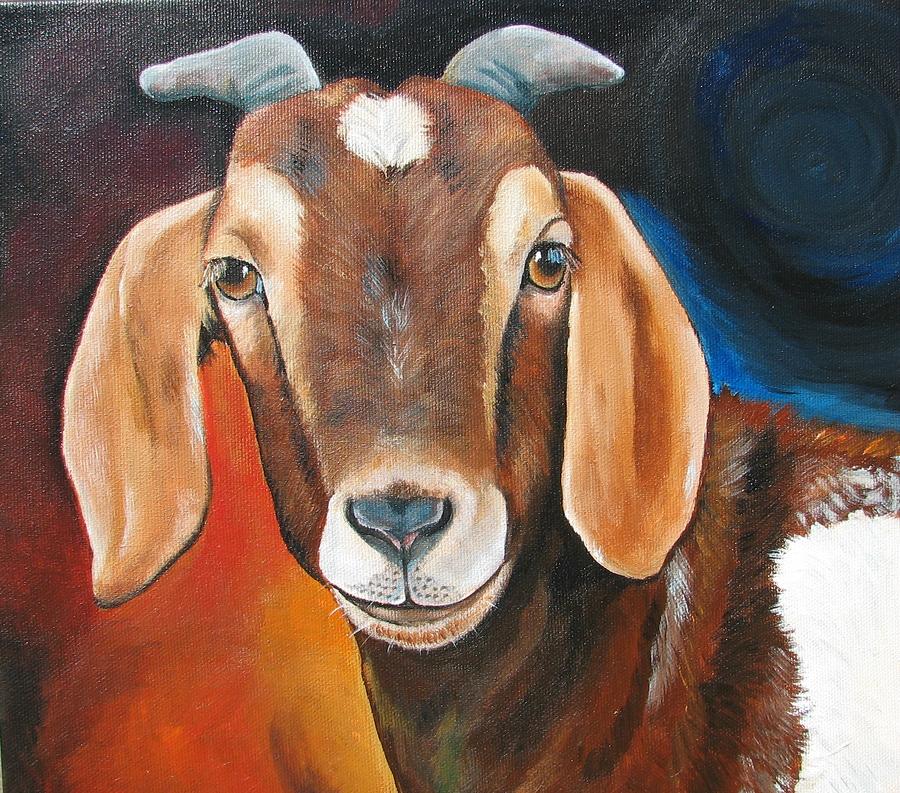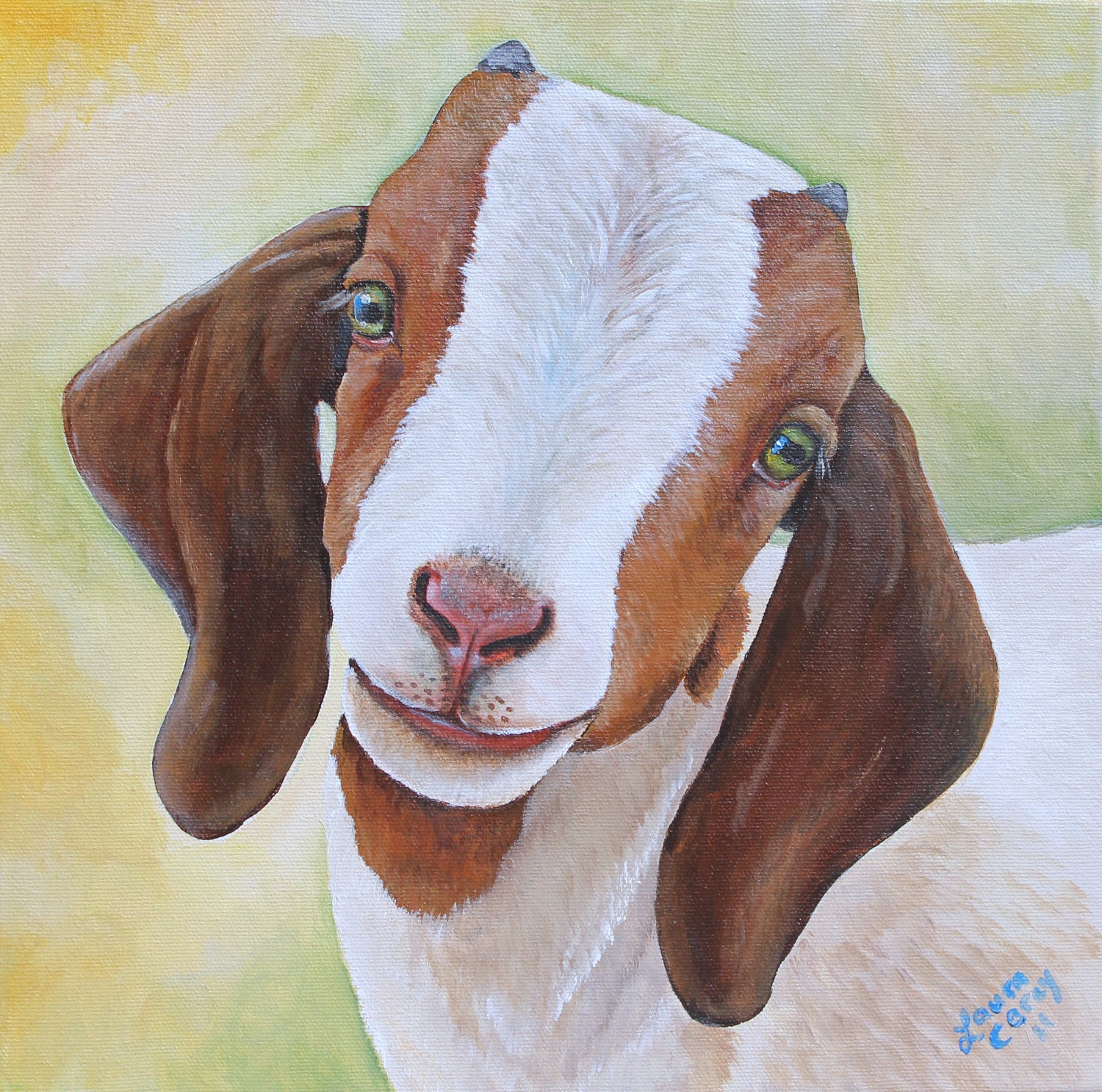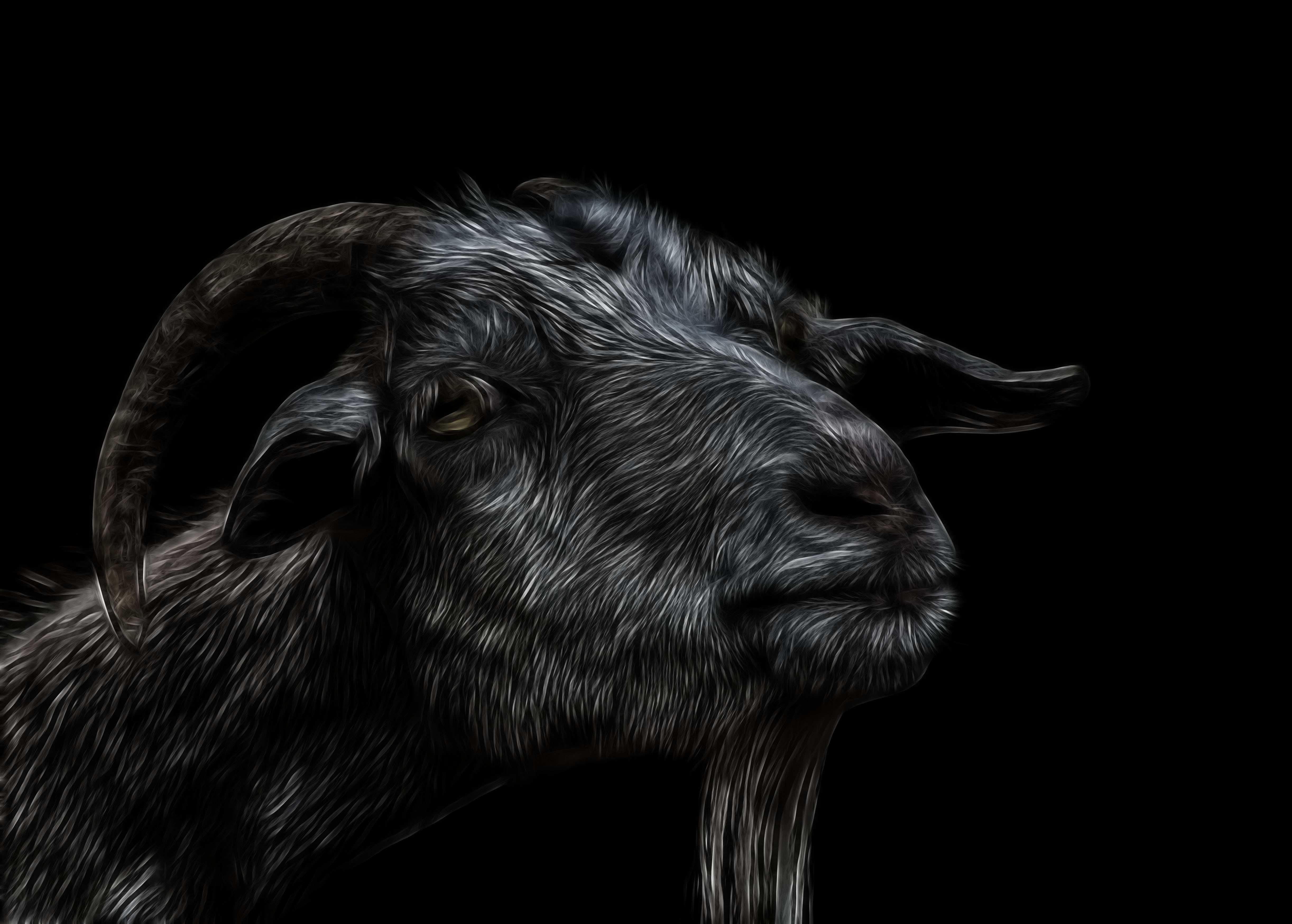
When it comes to art, one might immediately think of famous paintings, sculptures, or even digital creations. However, there is a unique and unconventional form of art that has been gaining popularity in recent years ??? goat art. Yes, you read that right! Artists around the world have been using goats as their muse, creating stunning and often amusing artworks that captivate viewers. In this article, we will delve into the world of goat art, exploring its origins, techniques, and the reasons behind its growing appeal.
The Origins of Goat Art

Goat art may seem like a recent phenomenon, but its roots can be traced back centuries. In ancient mythology and folklore, goats were often associated with various gods and symbolized fertility, abundance, and creativity. These beliefs laid the foundation for the artistic exploration of goats throughout history.
One of the earliest examples of goat art can be found in ancient cave paintings, where prehistoric artists depicted goats alongside other animals. These primitive artworks not only showcased the significance of goats in daily life but also highlighted the artists' fascination with their unique features and behaviors.
The Quirky Appeal of Goat Art

What makes goat art so intriguing is its ability to combine creativity and quirkiness. Goats, with their mischievous expressions, playful nature, and distinctive physical characteristics, make for captivating subjects. Artists often emphasize these features, exaggerating their horns, beards, or even their comical facial expressions to create whimsical and humorous artworks that bring joy to viewers.
Moreover, goats' unpredictable behavior adds an element of surprise to the creative process. Artists who choose to work with live goats must adapt to their movements and reactions, resulting in dynamic and spontaneous artwork that captures the essence of these lively creatures.
Techniques in Goat Art

Goat art encompasses a wide range of techniques, allowing artists to experiment and push the boundaries of their imagination. Some artists choose to paint directly on the goats themselves, using non-toxic, animal-safe paints. This technique allows the artwork to become an integral part of the goat, blurring the line between the canvas and the subject. The result is a living, breathing masterpiece.
Others prefer to create traditional paintings or sculptures inspired by goats. These artworks often focus on capturing the essence of goats' personalities and characteristics, using various mediums such as oil paints, watercolors, or clay. The versatility of goats as subjects allows artists to explore different styles and techniques, resulting in a diverse selection of goat art.
The Growing Popularity of Goat Art

In recent years, goat art has gained significant traction, captivating art enthusiasts and animal lovers alike. Its growing popularity can be attributed to several factors. Firstly, goat art provides a refreshing departure from traditional art forms, offering a unique and often humorous perspective on the art world.
Additionally, the rise of social media platforms has played a crucial role in promoting and sharing goat art. Artists can now showcase their creations to a global audience, attracting attention and garnering admiration for their talent.
Furthermore, goat art serves as a reminder to embrace the unconventional and find beauty in unexpected places. It encourages viewers to appreciate the quirks and idiosyncrasies of life, injecting a sense of joy and lightheartedness into the art community.
Conclusion
Goat art may not conform to traditional artistic norms, but its impact and appeal are undeniable. Artists around the world continue to explore the creative possibilities offered by these charismatic creatures, resulting in captivating artworks that bring a smile to our faces. Whether you're an art enthusiast or simply someone who appreciates the whimsical side of life, goat art is sure to leave a lasting impression.